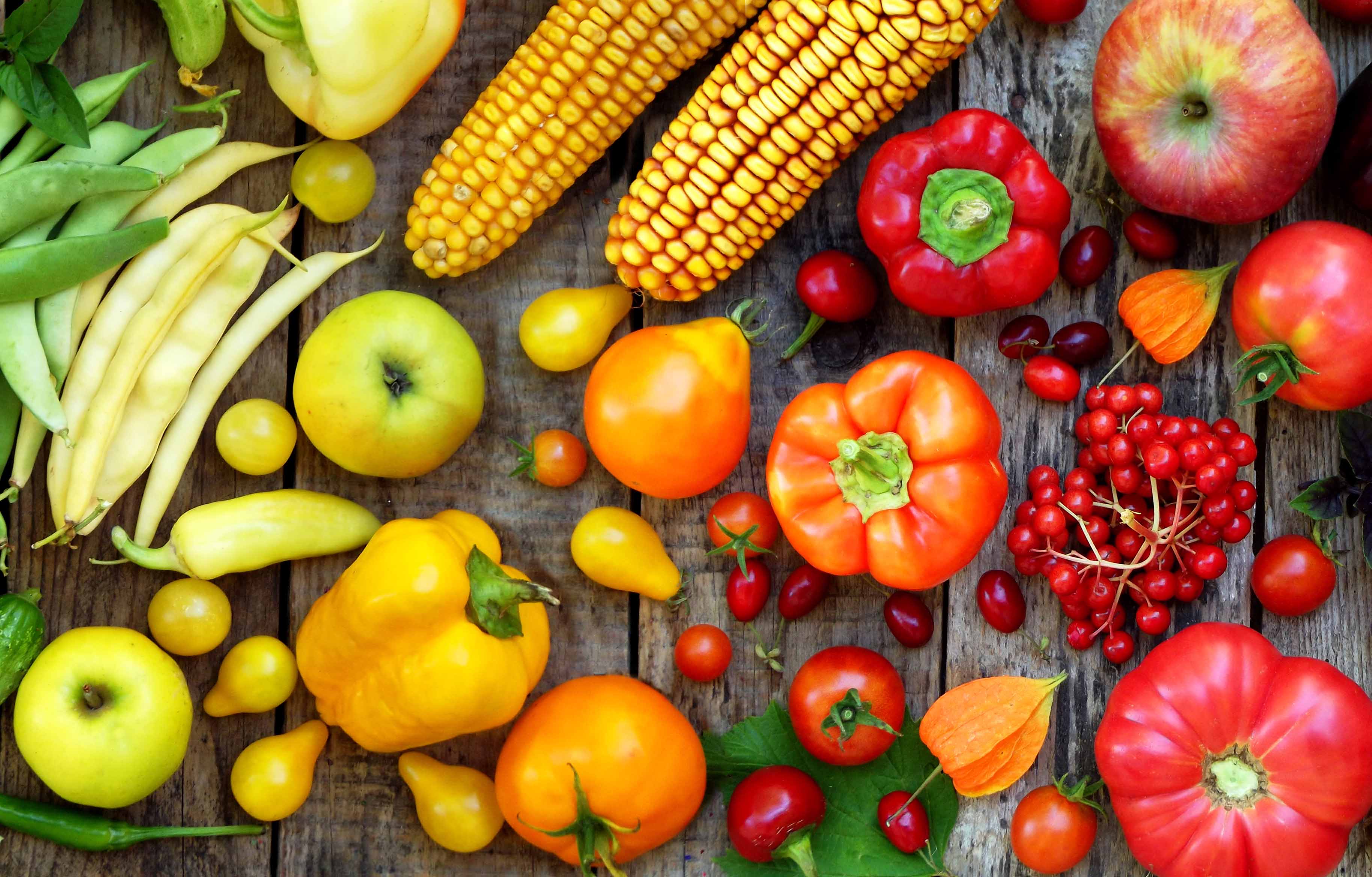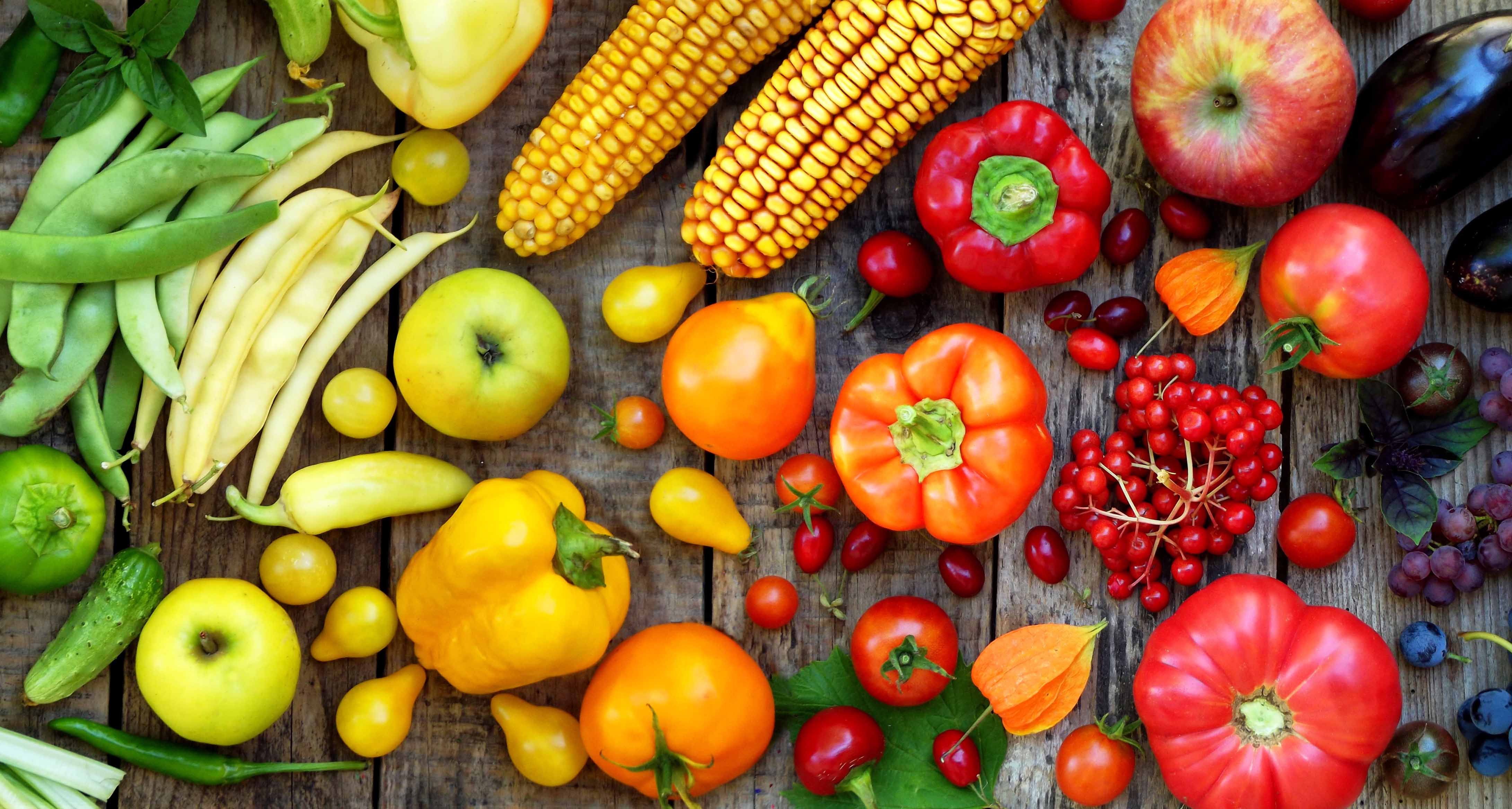How to Prolong the Life of Produce


We’ve all been there: with good intentions, we purchase a plethora of produce, set on making a menu full of fruits and veggies, only to have it spoil before we have used it up. It’s a common conundrum and a question I get from members is: “How can I prolong the life of produce?”
Produce is a wide term and encompasses many different types of fruits and vegetables, many of which have their own unique care and storage needs. Instead of speaking to each individual food, I have three general suggestions for prolonging the quality of fresh produce and three bonus tips and tricks.
Make sure to start with purchasing the freshest produce possible for best quality and longest shelf life
- This may seem obvious, but nonetheless a very important step. One way to ensure freshness is to buy local when and where you can, as you are assured it was picked recently didn’t have a cross-continent journey to get to your plate.
- Only buy ripe fruits that you know will eat in the next one to two days. Plan ahead! Fruits and vegetables that you won’t be eating for a few days can be purchased unripe and left to ripen naturally at home.
- Taking the extra few minutes to really touch and smell your produce can make the difference between grabbing a perfect avocado or one that seems right, but is mushy inside.
Wash and clean, then remove any excess moisture
- Be sure to remove any excess moisture before storing your fruits and vegetables. You want to keep certain vegetables chilled, not dripping wet.
- Thoroughly dry any excess moisture with paper towel or a lint-free cloth. You can also wrap produce lightly in paper towel to absorb any additional remaining moisture.
Store fruits and vegetables in the proper place; either in the fridge or at room temperature in a pantry, out of direct sunlight
- Best way to approach storage is to think about where in the produce section you picked up the food. For example, onions are not kept in the cooler area – and therefore shouldn’t be stored in the fridge at home. The reason is that due to the chilled temperature onions will become soft and soggy much quicker than in a dry pantry. So, generally speaking, follow the layout of a grocery store to know whether to place foods in the fridge or pantry.
- Fruits and veggies such as apples, bananas, citrus fruits, tropical fruits, watermelon, onions, tomatoes, potatoes, garlic, and squash should be kept in the pantry
- Fruits and veggies such as asparagus, broccoli, carrots, beets, cauliflower, cucumber, green onions, mushrooms, peas, and radishes should be refrigerated.
- That being said, there can be exceptions (as these are general guidelines). I should acknowledge that there are certain foods that can be benefited by both room-temp storage and refrigeration - such as avocados. Refrigerating avocados will slow the ripening process.
Bonus Tips
Herbs
- Wash herbs and then pat the leaves as dry as possible.
- Store upright in a jar or container with water at the bottom and a loose plastic bag , or tented plastic wrap over top and store in the fridge.
- Exception: basil – same process but store at room-temperature.
Remove tops from vegetables
- Leafy parts at the top of vegetables pull moisture from the roots which can dry them out quicker, so be sure to remove once you bring them home.
- Use the tops of these veggies (think beets or carrots) as they can be great for salads, veggie pesto’s or making a homemade stock.
Revive wilted greens, lettuces, and herbs in ice water
- If you have greens that aren’t too far gone, try placing them in a bowl with ice-cold water to shock and revive the greens – you might be amazed at how quickly you can get celery back to that nice crisp state.
